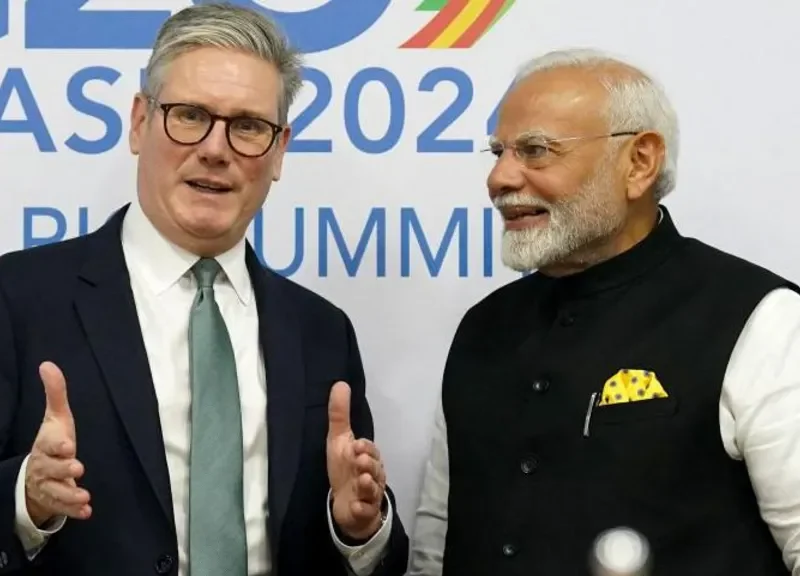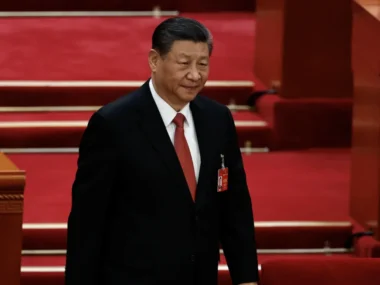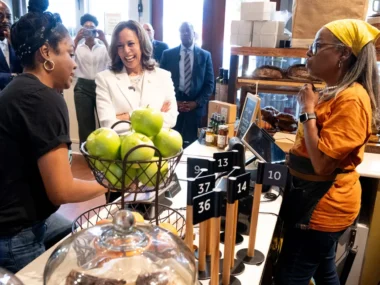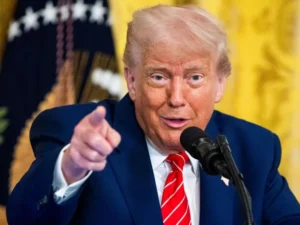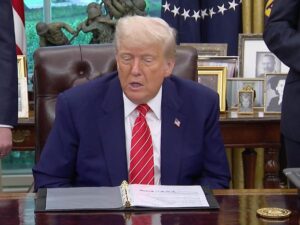Securing a trade deal with India, now the world’s most populous nation, has long been seen as a major goal for the UK following its exit from the EU.
The agreement with India marks the UK’s most substantial post-Brexit trade deal and India’s most generous free trade pact so far. It significantly reduces import duties on major British exports like whisky and cars, which previously faced steep tariffs.
Unlike traditional free trade deals that aim to eliminate tariffs on both sides, this agreement reflects India’s protectionist stance. While 99% of Indian exports to the UK will see tariffs removed, 85% of British exports to India will also avoid tariffs — although not entirely duty-free.
Despite this imbalance, the higher value of UK exports compared to Indian goods such as clothing and food means the UK could see a £15 billion boost by 2040, with India gaining around £10 billion. However, this projection could shift — for instance, 88,000 Indian cars will now enter the UK without tariffs.
The UK government views the deal as a mutual gain — supporting businesses, creating employment, and reducing consumer prices. Trade Secretary Jonathan Reynolds sees it as part of a broader strategy to make the UK the most globally connected market, complementing future deals with the US, China, and the Gulf.
Importantly, this agreement also signals stronger economic ties between the world’s fifth and sixth largest economies, at a time when the US and China are deepening their trade conflict. This context, especially the Trump-era tariff policies, may have contributed to the breakthrough in talks that eluded earlier UK governments. It also signifies a step toward reviving the economic potential rooted in the countries’ shared history.

